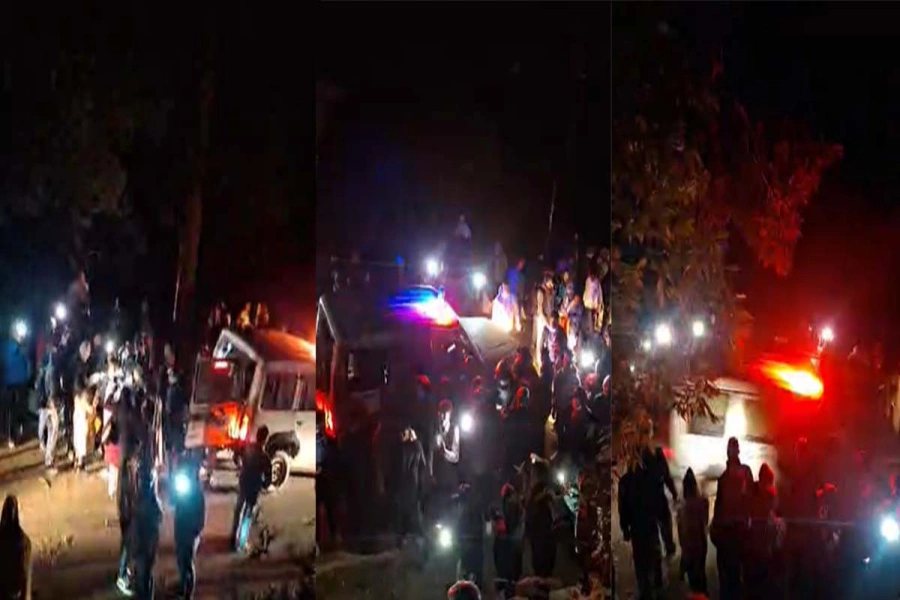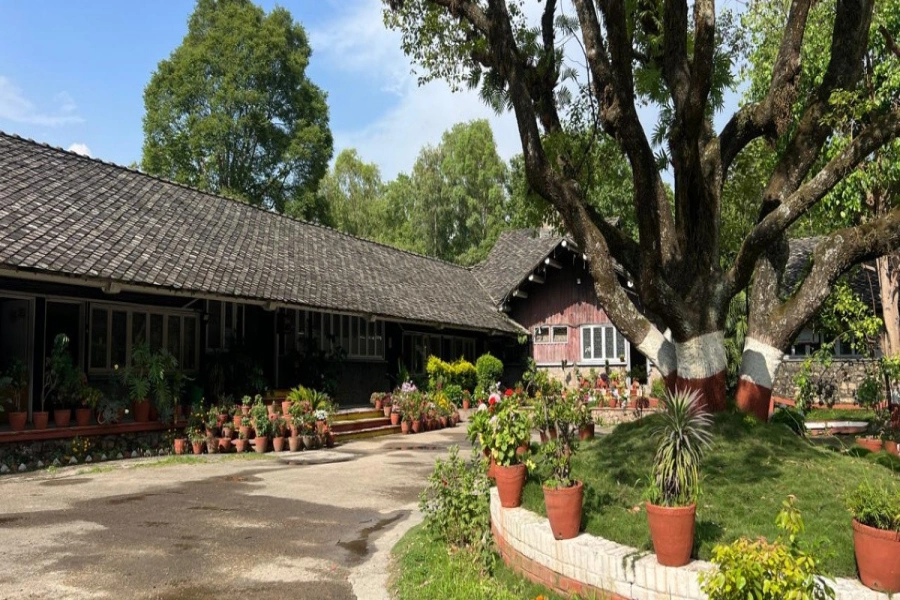July 13: A supermoon that brings partial solar eclipse on Friday the 13th is "bad luck" for most of the world's population and not because of any superstitious belief.
The celestial event over the weekend is the first time since 1974 that a supermoon has once again coincided on a Friday the 13th. The partial eclipse will also see Earth passing through the moon's penumbra or its wide shadow cone.
As this happens, a tiny piece of the sun will hide behind the darkness. Thus, aside from Friday's event as a supermoon on a Friday the 13th, it is also called a "dark supermoon," which means that a new moon arrives when its penumbra is closest to the Earth.
There won't be another supermoon event of this kind in the near future. There will, however, be a total solar eclipse 19 years after, on July 13, 2037, but it will no longer be involving a supermoon and won't be on a Friday either. There might be a total solar eclipse on a Friday the 13th on June 13, 2132, but again, no supermoon involved.
Make a projector to safely see a Solar Eclipse

Indeed, the supermoon event over the weekend is an extraordinary one. Unfortunately, though, it is not going to be witnessed across the world and that's why it's a bad luck for most people.
Supermoon Partial Solar Eclipse On Friday The 13th
The extraordinary event will only be witnessed over the Southern Ocean, the part of the world connecting Australia and Antarctica and the region where the Indian and Pacific oceans meet.
People living along coastal areas of southeastern Australia will get to see the historic supermoon but only in a very limited view, a mere percentage of the partial eclipse during the afternoon hours. Hobart, Tasmania will only see about 10 percent of the eclipse.
Melbourne will be seeing a slice of the eclipse or merely 2.5 percent of the eclipse. People in New Zealand will also see the rare supermoon event but just like their fellow sky watchers in Australia, it will only be limited.
The best view of the supermoon event will be over Antarctica near Peterson Bank. This means only the penguins will have the front seat during the rare celestial event.
What Is A Supermoon
A supermoon is actually not an official astronomical term, according to NASA. The more accurate scientific term is perigee-syzygy.
Perigee is the moon's closest point to Earth. The moon does not orbit in a perfect circle. Instead, it travels in an ellipse that brings it in perigee at an average distance of about 225,744 miles from Earth.
Now, if full moon happens when it is at or near the perigee, it appears larger and brighter than a typical full moon and hence, become what people called as the supermoon. Syzygy is the alignment of three celestial bodies, the sun, moon, and Earth.
Perigee has a counterpart called the apogee, which means the moon's farthest point from Earth. In apogee, the moon can be at an average distance of about 251,966 miles from Earth. During every 27-day orbit around Earth, the moon reaches both its apogee and perigee.



































